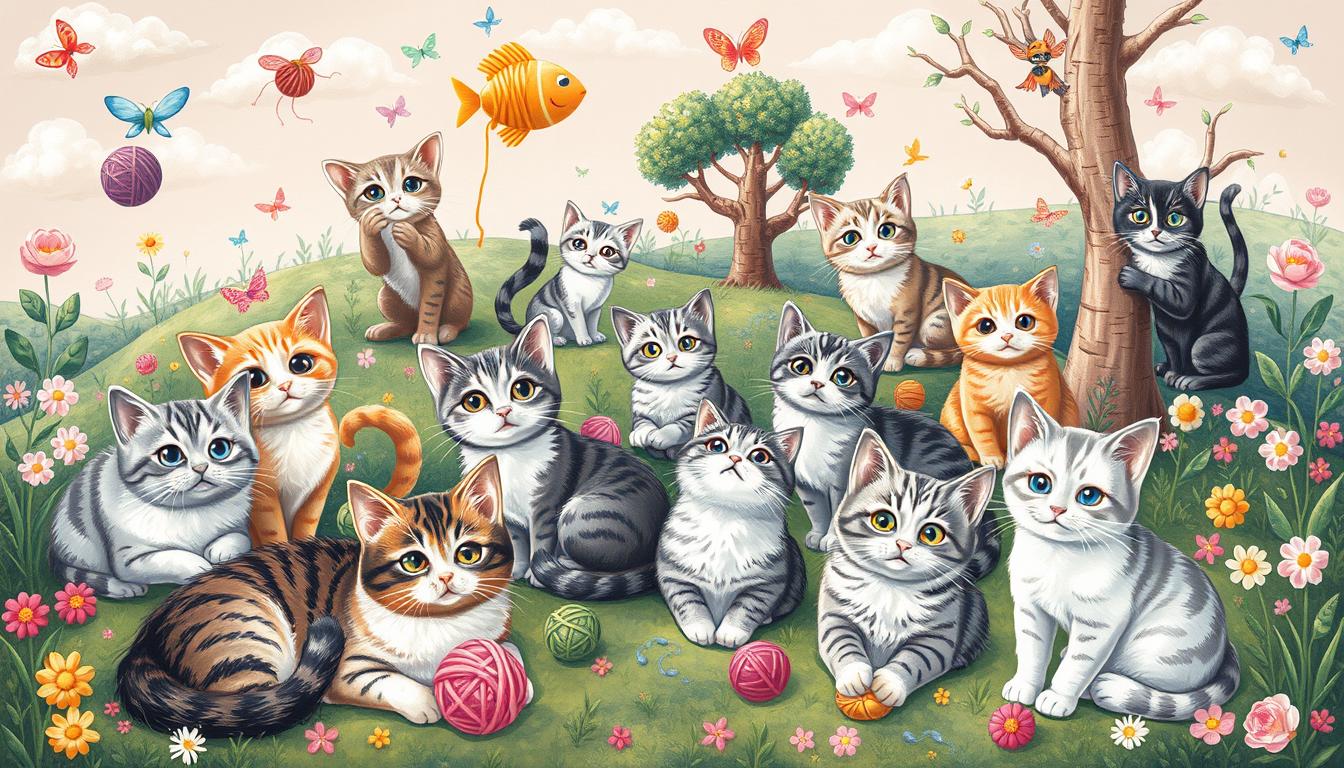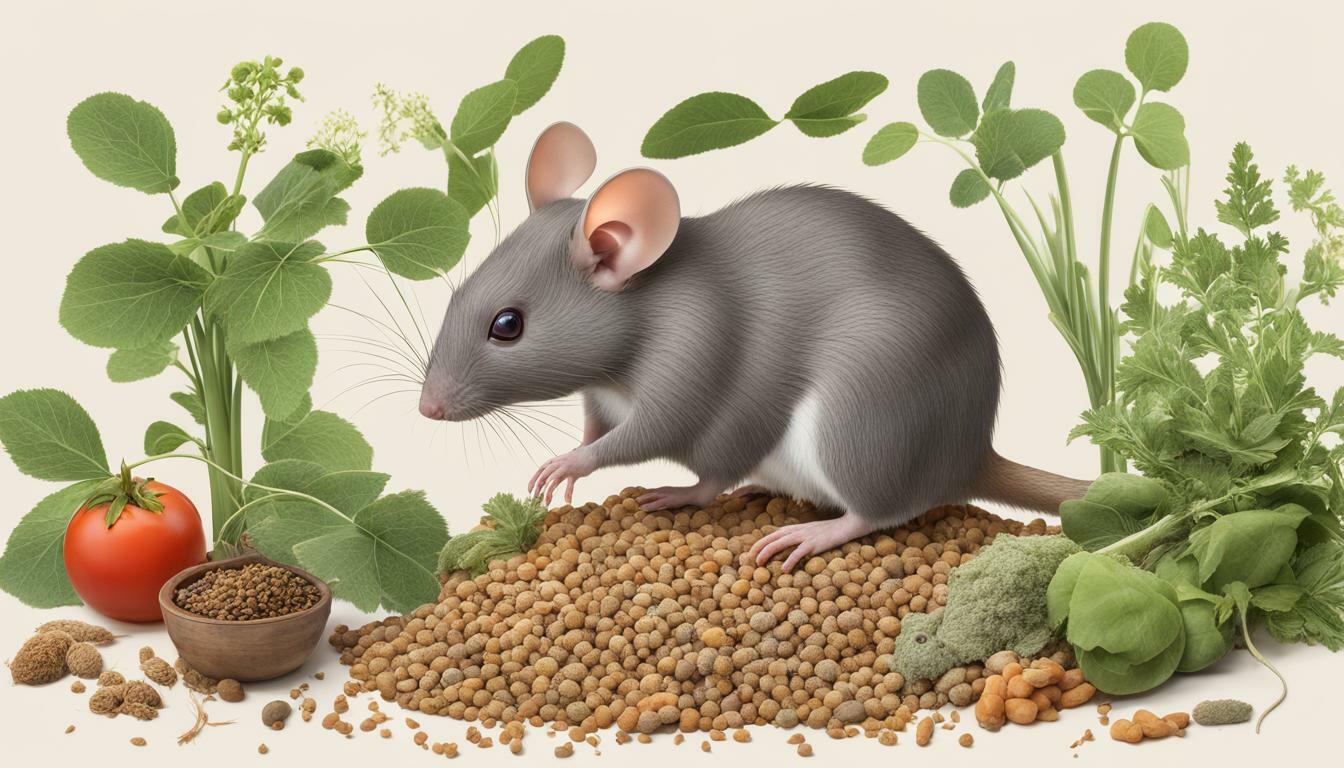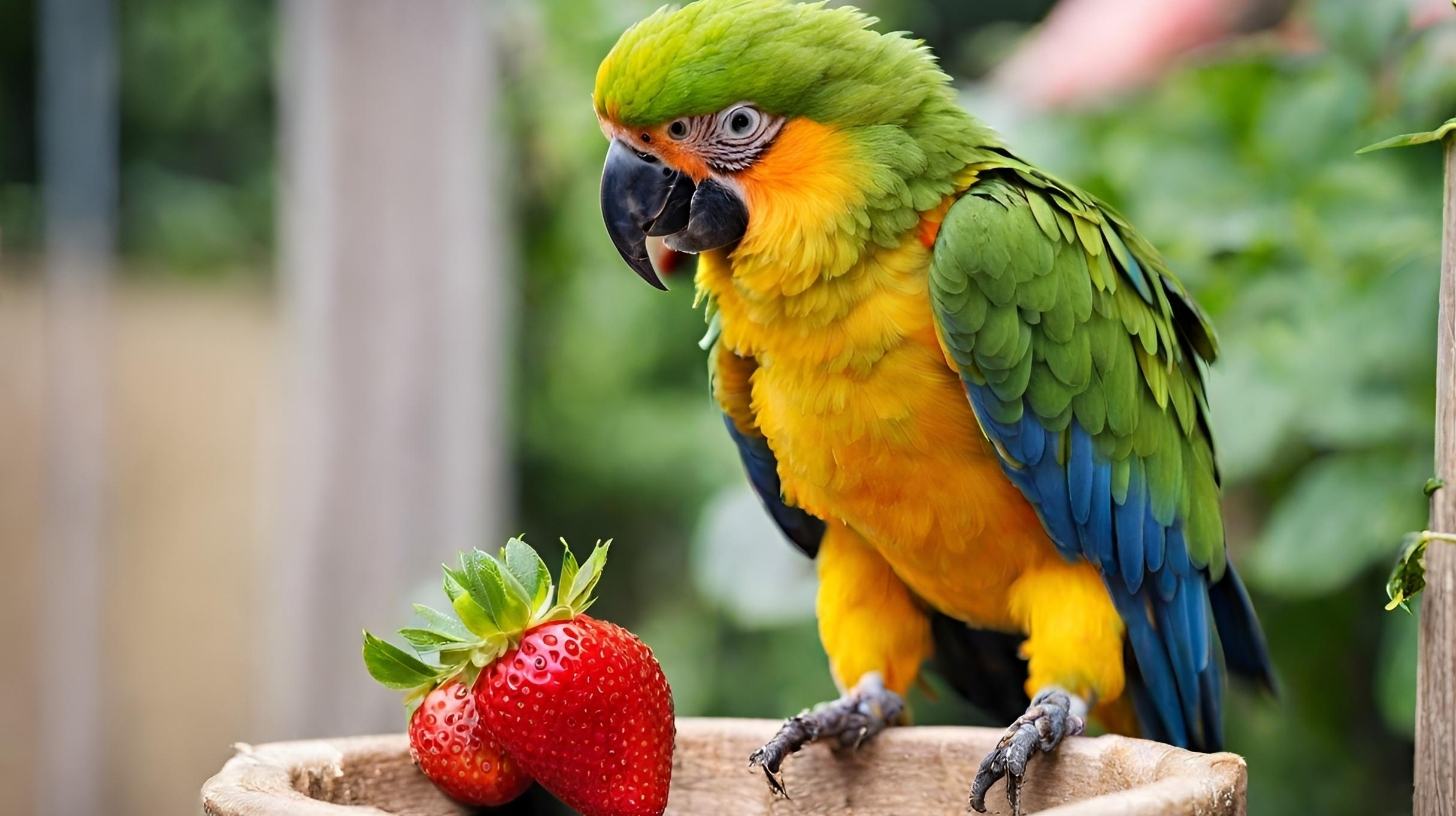10 Interesting Facts About Zebras: Nature’s Wild Stripes

Table of content:
- Fact #1: Zebras’ Unique Stripes are a Form of Camouflage
- Fact #2: Zebras are Surprisingly Fast and Agile
- Fact #3: Zebras Have Strong Social Bonds and Complex Hierarchies
- Fact #4: Zebras Have Unique Diets and Grazing Habits
- Fact #5: Zebras Are Surprisingly Resilient and Adaptable
- Fact #6: The Zebra Family: Not Just One Species
- Fact #7: Zebras Play a Key Role in African Folklore and Culture
- Fact #8: Zebras Have Complex Defense Mechanisms
- Fact #9: Zebras Are Facing Conservation Challenges
- Fact #10: Zebras Have Surprisingly Long Lifespans in the Wild
- Habitat and Distribution Across Africa
- Fun Zebra Trivia
- Conclusion
Zebras are striking animals with bold black and white stripes. They belong to the genus Equus, like horses and donkeys. There are three living species: Grévy’s zebra, mountain zebra, and plains zebra.
All three are listed on the IUCN Red List of Threatened Species. Zebras live in different parts of Africa. They like savannas and mountains.
Their unique stripes help them in many ways. They keep pests away, hide them, and help them recognize each other.
In this article, we’ll explore 10 fascinating facts about these iconic African creatures. We’ll uncover the secrets of their remarkable adaptations and behaviors. From their lightning-fast speeds to their complex social dynamics, zebras are truly remarkable animals.
Fact #1: Zebras’ Unique Stripes are a Form of Camouflage
Zebras are famous for their black and white stripes. But these patterns do more than look good. They help zebras hide from predators and insects.
A study at the University of California, Davis showed that zebra stripes confuse predators. It’s hard for them to pick out a zebra in a group. The stripes also keep biting flies away, which is a big help to these African animals.
Each zebra’s stripes are like a fingerprint. They help zebras recognize each other in the herd. This unique feature helps them blend in and stand out at the same time.
The black and white stripes of zebras are amazing. They help zebras defend against predators and keep insects away. These stripes have helped zebras survive in the wild for centuries.
Fact #2: Zebras are Surprisingly Fast and Agile
Zebras are amazing at speed and agility in the savanna. They can run up to 40-55 miles per hour. This makes them very fast on land.
They are fast to avoid predators like lions and cheetahs. These animals use speed to catch their prey.
Zebras can keep running fast for a long time. They have strong muscles for this. They can also turn quickly, even when running fast.
Zebras also have great eyesight. Their eyes are on the sides of their heads. This lets them see threats from far away.
So, when you see zebras running, remember their zebra speed, predator evasion, and adaptations to arid environments. These help them survive in their tough but beautiful home.
Fact #3: Zebras Have Strong Social Bonds and Complex Hierarchies
Zebras are very social animals with complex social structures. They live in small groups called harems. A harem has one dominant male, several females, and their kids.
Inside the herd, zebras follow a strict hierarchy. They use sounds, body language, and facial expressions to communicate. The stallion leads and protects the group. Other males form bachelor groups and have their own hierarchies.
Zebras send signals like ear movements and tail flicks. They also use braying calls to share information. This helps them talk about danger and who’s in charge.
The way zebras live together changes based on their species. Mountain zebras live in bigger groups, while Grévy’s zebras’ groups change more often. Knowing about social structure of herds and zebra communication helps protect these animals.
Zebras’ strong herd behavior and social bonds help them survive. They protect their young, share food, and face challenges together. Learning about their behavior shows us how amazing their social lives are.
Fact #4: Zebras Have Unique Diets and Grazing Habits
Zebras eat mostly grasses and other plants. Their bodies are made to digest tough plant material well. The Grévy’s zebra can live in dry places because it eats less water-rich food.
Zebras help their homes by eating plants. They keep the plants from growing too much. This makes their homes healthy and full of life.
- Zebras are herbivorous, feeding primarily on grasses and other vegetation.
- Their digestive systems are adapted to efficiently break down fibrous plant matter.
- Grévy’s zebras can subsist on lower-quality diets and require less water than other zebra species.
- Zebras play a crucial ecological role in their habitats through their grazing patterns.
- Their grazing habits help maintain the balance and diversity of their ecosystems.
Learning about zebras’ herbivorous diet and grazing patterns helps us see their ecological role. It shows how they keep their homes in balance.
Fact #5: Zebras Are Surprisingly Resilient and Adaptable
Zebras show amazing strength and ability to adapt in different places. Mountain zebras have sharp, hard hooves for climbing steep hills over 6,500 feet. Plains zebras live in many places, from high mountains to the Serengeti plains. Grévy’s zebras prefer drier areas, staying below 2,000 feet in grasslands.
This ability to adapt helps zebras play a key ecological role in ecosystems in Africa. They eat grasses, helping plants grow and keeping the ecosystem balanced. Their adaptations to arid environments help them survive droughts and changes in food. This ensures they stay in many habitat preferences across Africa.
Zebras can live in many places, from mountains to grasslands. This shows their amazing ability to adapt. Their strength helps keep African ecosystems balanced, making them a vital part of Africa’s nature.
Fact #6: The Zebra Family: Not Just One Species
Many people think there’s only one zebra species. But, there are actually three: the Grévy’s zebra, the plains zebra, and the mountain zebra. Each has its own look, stripe pattern, and where it lives. This makes zebras very diverse and interesting.
The Grévy’s zebra is the biggest, weighing up to 1,000 pounds. The plains zebra is a bit smaller, up to 850 pounds. The mountain zebra weighs up to 800 pounds. These size differences are just the start of what makes zebras so special.
Zebras also have different homes and ways of living. Grévy’s zebras live in dry areas of northern Kenya and southern Ethiopia. Plains zebras are found in savannas and grasslands in eastern and southern Africa. The mountain zebra likes the mountains of Namibia and South Africa.
This variety shows how adaptable and strong zebras are. Knowing about each zebra species helps us see the beauty of nature. It also shows how important zebras are in keeping their ecosystems balanced.
Fact #7: Zebras Play a Key Role in African Folklore and Culture
Zebras are very important in African folklore and traditions. They are a big part of myths, stories, and ceremonies in indigenous African communities. One famous story tells how a zebra got its black stripes from fighting a baboon and falling into a fire.
Zebras also help a lot in Africa’s wildlife tourism. They attract visitors from all over, helping conservation and giving jobs to locals. By learning about zebras’ cultural and tourism value, we see how they impact Africa.
Zebras mean more than just their looks in Africa. They are symbols of strength and nature’s balance in folklore. By keeping their cultural importance alive, we honor the past and help protect these animals and their african habitats.
The role of zebras in wildlife tourism is big for conservation and local jobs. Money from tours helps protect wildlife and supports communities near wildlife tourism impact on conservation. Zebras’ historical significance in culture is a key part of Africa’s heritage.
Fact #8: Zebras Have Complex Defense Mechanisms
Zebras have smart ways to stay safe from predators. They use loud zebra communication and work together as a herd. This helps them protect themselves from danger.
Zebras warn their group with loud, barking sounds. This alerts others to gather and stand strong against threats.
- At night, zebras take turns watching out. At least one stays awake to protect the herd.
- When danger comes, zebras form a tight circle. This circle protects the weak ones from predators.
- Zebras can also fight back. They kick, bite, and push to keep attackers away.
But their best defense is how fast and strong they are. Zebras can run away from many predators. Working together, they can quickly find safety.
Fact #9: Zebras Are Facing Conservation Challenges
Zebras are amazing creatures with striking looks and unique ways. But, all three types of zebras face big conservation challenges. Their status is a worry, with some being endangered or vulnerable.
Grévy’s zebra is the rarest, listed as endangered by the IUCN. There are less than 2,000 mature ones left in the wild. The mountain zebra is vulnerable with under 35,000, and the plains zebra is near threatened with 150,000 to 250,000.
The main threats are habitat loss, hunting, competition with livestock, droughts, and loss of genetic diversity. These have led to fewer zebras in the wild.
- Habitat loss from farming and cities has cut down zebra land.
- Poaching and illegal hunting hurt their numbers because of demand.
- Zebras compete with livestock for food and water, making things harder.
- Droughts and climate change stress have also reduced their numbers.
- Small zebra groups risk losing genetic diversity, making them more vulnerable.
It’s vital to keep working to save zebras in Africa. We need to protect their homes, stop poaching, and manage resources well. This will help these amazing animals survive for a long time.
Fact #10: Zebras Have Surprisingly Long Lifespans in the Wild
Zebras are not short-lived animals. They can live up to 10-11 years in the wild. This shows how resilient and adaptable they are in harsh African landscapes.
Newborn foals can stand in just six minutes. They can walk after 20 minutes. This quick growth helps them survive in dangerous environments.
Zebras become sexually mature at 3-4 years. Females have a foal after 12-13 months of pregnancy. This fast foal development and zebra reproduction helps young zebras thrive in the wild. It also adds to the average lifespan of zebras.
So, when you see a zebra, remember they are not just beautiful. They are also very resilient and can live long, productive lives in the wild.
Habitat and Distribution Across Africa
Zebras live all over Africa, in many different places. They are very good at living in different areas. There are three kinds of zebras: plains, mountain, and Grévy’s. Each one lives in its own special place.
The plains zebra lives in grasslands, savannas, and open woodlands. They are found from South Sudan to northern South Africa. They are common in many famous national parks and wildlife reserves.
The mountain zebra lives in the mountains of South Africa, Namibia, and Angola. They like the high places and can be found at over 2,000 meters high.
The Grévy’s zebra is the biggest and only lives in Ethiopia and Kenya. They live in semi-arid grasslands. This zebra is rare and shows how diverse African habitats are.
Zebras are very important in the african habitats they live in. They help keep the food web balanced. Their presence shows how strong and adaptable these African animals are.
Fun Zebra Trivia
Zebras are amazing animals with lots of interesting facts. Did you know they’ve been mixed with other animals to make “zebroids”? For example, zorses (zebra-horse mix) and zedonks (zebra-donkey mix). The Fruit Stripe Gum mascot, “Yipes” the zebra, is also very well-known.
Zebras aren’t white with black stripes. They actually have black skin and both black and white fur. This helps them hide in their natural surroundings. Plus, they can sleep standing up because of special joints. This lets them run away fast if needed.
- Zebras have been crossbred with horses and donkeys to create zebroid hybrids like zorses and zedonks.
- The Fruit Stripe Gum mascot, “Yipes” the zebra, has been a popular symbol since its introduction.
- Contrary to popular belief, zebras have black skin with both black and white fur, not white with black stripe width variations.
- Zebras can sleep standing up, thanks to their locking joints, allowing for quick escapes from predators.
Zebras are full of surprises, from their unique stripes to their interesting ways. Whether you love zebroid hybrids, stripe width variations, or zebra mascots, these animals are truly special. They will always make a big impact on us.
Conclusion
Zebras are amazing animals that are key to African ecosystems. They have special ways of living, social groups, and look really cool. But, they face many dangers, making zebra conservation very important.
By learning about and loving these animals, you help protect them. This way, future generations can see and study them too.
Zebras can run fast and talk to each other in their own way. They are important in the African savanna as both food and grazers. Saving zebras helps keep the balance in nature.
This journey has made us love zebras even more. Their strength, ability to adapt, and social life show the beauty of nature. We hope you will help protect zebras and Africa’s wildlife.
Welcome. I’m Adreena Shanum, the proud owner of this website, and I am incredibly passionate about animals, especially poultry. I founded adreenapets.com as a labor of love, stemming from my desire to share my knowledge and experiences with poultry enthusiasts worldwide.




